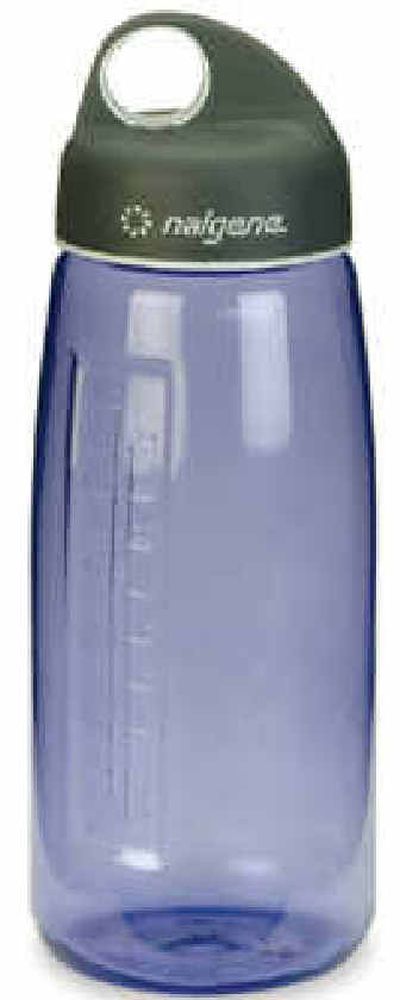Not to worry, polycarbonate bottles are OK

The ubiquitous polycarbonate water bottle is the canteen of the 21rst century. But these colorful plastic vessels, made by companies like Nalgene and GSI Outdoors, have been embroiled in a controversy for the past two years, ever since a researcher at Case Western Reserve University said they may pose health risks.
Dr. Patricia Hunt, a geneticist working with laboratory mice, noticed a spike in chromosomal abnormalities after a lab worker cleaned a set of polycarbonate mouse cages with a harsh detergent, leaching a chemical called bisphenol-A (BPA) into the animals’ environment.
Hunt’s findings, which were published in the journal Current Biology, were used by Sierra magazine and other media to perpetuate — somewhat haphazardly — a scare that polycarbonate or Lexan water bottles potentially could leach similar nasty chemicals.
It’s been a full two years since Hunt’s findings were reported, and despite a lot of conversation and serious concern about BPA infiltrating bottled drinking water, there is still no definitive say on potential health effects in humans.
The issue came back on my radar earlier this month via Sigg Switzerland Inc. ( www.sigg.ch), an aluminum bottle maker that’s no doubt benefiting from the plastics scare. After digging around, reading through several dense research papers and talking to people in the industry, I’ve concluded that there is little risk for the average trail hiker toting a polycarbonate water bottle.
Hunt’s study brings up some potentially scary findings, but the leap that was made from mouse cage to Nalgene bottle seems oversimplified. There is no doubt that polycarbonate bottles contain BPA, but there’s little evidence that it leaches out into liquids under normal conditions.
Sigg Switzlerland’s aluminum water bottles, which are coated on the inside with a water-based resin to keep the liquids from contacting metal, are available in seven sizes up to 1.5 liters in capacity. They weigh about the same as their polycarbonate cousins and have three types of caps for use as bike water bottles or canteens.
Personally, I have no plans to throw my Nalgene bottles away. That said, outdoors consumers should demand more testing by bottle manufacturers and a thorough explanation of any potential risks. Dr. Hunt herself has said the same. Like any material, plastic does degrade over time; you can see this in polycarbonate bottles when they become cloudy or faded in appearance. If you notice any change to the material or if a bottle gives off a distinct plastic taste, it should no longer be used.
To minimize the threat of the material breaking down, some companies recommend washing bottles only with warm, soapy water and never subjecting them to a dishwasher. Microwaves are another no no.
And if any chips or cracks appear in the material it’s time to throw them out in favor of a new plastic – or perhaps aluminum — drinking container.